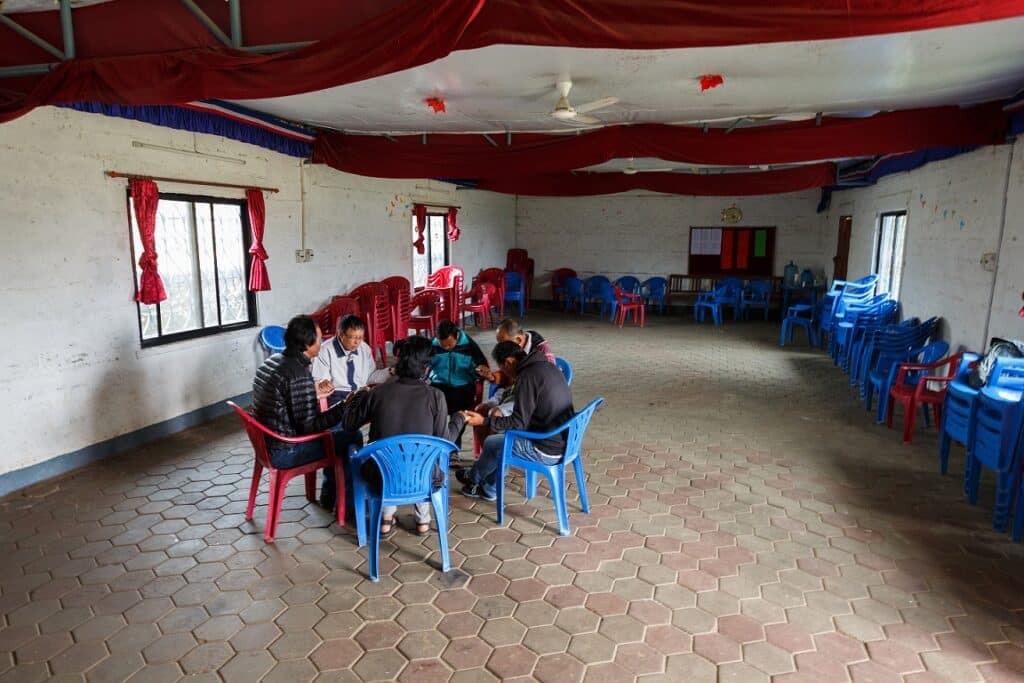Related Articles
His Ways Are Not Our Ways
Scripture shows that God has never been entirely predictable. Who could have foreseen his decision to wipe out most of humanity and start over with Noah and his family?
His Ways Are Not Our Ways
Scripture shows that God has never been entirely predictable. Who could have foreseen his decision to wipe out most of humanity and start over with Noah and his family?
Welcoming the Stranger
Presenter: Matthew Soerens, US Director of Church Mobilization, World Relief Description: Refugee and immigration issues have dominated headlines globally recently. While many American Christians view these…
Reporting Challenges for Movements in a World of Misinformation and Persecution
By Stan Parks | Globally, 1,965 church planting movements (CPMs) are being reported, with approximately 90% of these among current or former unreached people groups. These reports have been compiled by the 24:14 Coalition. Our primary goal has been to find out where the unreached are being reached so we can identify the gaps where the unreached are not being reached. But in the process, we have shared information about movements, globally and regionally, which has led to some people feeling frustrated when they cannot know more.
A Christian Response to Islam in America
John Esposito, arguably the most influential non-Muslim American scholar on Islam, at times sounds prophetic. His book The Islamic Threat: Myth or Reality? (1992) suggests Islam is a threat to the West—particularly America.


